How Much Is a Robot Vacuum in 2025?
“Wait, robot vacuums cost over $1,500 now?” It’s a common reaction in 2025. While some models reach that high, others start under $200. Those price jumps aren’t random. They reflect power, navigation, and extras like self-emptying bins or mopping. Features once limited to luxury models are now appearing in budget options too.
That’s why it helps to know what drives the cost. Once you see how suction, mapping, docks, and upkeep shape pricing, the whole range makes sense. This guide breaks it down and shows which Dreame models fit different homes, so you can choose without the sticker shock.
What Drives the Robot Vacuum Price?
Navigation & Mapping
Cheaper robot vacuums tend to wander randomly, often circling or missing spots. As you move up in price, mid-range models bring in LiDAR or cameras so they can actually map rooms and clean in straight, logical lines.
Smarter tech gives better results. High-end robots push things even further with AI cameras and 3D sensors that let them recognize and avoid cables, toys, or even pet messes. The result is less babysitting and more thorough coverage. The Dreame Aqua10 Ultra Roller combines LDS with 2 AI cameras, 3D structured light and LED lights to build accurate maps and smoothly steer around everyday obstacles.
Cleaning Power & Mopping
Power matters. How well a robot vacuum cleans depends on suction strength and brush design. Entry-level machines usually give you about 2,500Pa, which is fine for hard floors. Mid-range models step up to around 5,000–8,000Pa, often with rubber brushes that grab pet hair more effectively.
Higher power, deeper clean. At the high end, robot vacuums deliver serious cleaning muscle. Suction levels climb above 10,000Pa, paired with sealed airflow systems that pull dirt from deep inside carpets. Many also handle mopping: entry models simply drag a damp cloth, while premium versions scrub with hot water and lift pads when crossing rugs.
If you want that combination of deep carpet cleaning and advanced mopping, the Dreame X50 Ultra is a standout option.
[product handle="x50-ultra-robot-vacuum" rating="4.7"]
Docking & Autonomy
Basic docks just recharge the vacuum. Mid-range versions can empty the dustbin, saving you extra trips to the trash. Premium stations take it further by washing and drying mop pads and refilling clean water, so you can go weeks without lifting a finger.
While they add to the price, they make cleaning almost completely hands-off. Most high-end robot vacuum docks even use hot water to clean and dry the pads.
Maintenance Costs
Filters, brushes, pads, and dustbags need replacing from time to time.
Budget robot vacuums often have smaller bins and non-washable filters, so you’ll spend more on refills. Mid-range and high-end models usually include reusable HEPA filters and washable mop pads, which lowers long-term costs. Using official Dreame accessory kits ensures the best performance and helps extend your robot vacuum’s life.
Robot Vacuum Costs in 2025
Below are typical price bands and what you get at each level. Actual prices may vary based on sales and configurations.
Price range (USD)
What you typically get
Best for
$100–$299
Entry-level robots with random or basic mapping, modest suction (~2,000–3,000 Pa), small dustbins, limited app features, little/no mopping, no auto-empty.
Studios, small apartments, or first-time buyers testing the waters.
$300–$599
LiDAR mapping or improved gyroscope mapping, stronger suction (~3,000–6,000 Pa), room map + basic zone cleaning, optional light mopping, manual bin emptying (some bundles offer starter docks).
Small to midsize apartments that want reliable navigation and a compact dock.
$600–$899
Core “hands-off” experience: auto-empty dock, 5,000–11,000 Pa suction, room/zone selection, carpet boost, pad mopping (some with hot wash/dry), brush lifting, richer app control & routines.
Most family homes; set-and-forget daily cleaning.
$900–$1,299
AI obstacle avoidance (camera/3D), higher suction (8,000–15,000 Pa), bigger batteries, heated mop washing & drying, stronger edge/corner tools, smarter automation.
Busy homes with kids/pets/clutter that need fewer rescues.
$1,300+
Ultra-flagship: top suction (>15,000–20,000 Pa), 3D/AI cameras, full-service docks (wash/dry/refill), advanced carpet/mop strategies, premium navigation & app features.
Large homes, multi-surface layouts, users who want the lowest-touch ownership.
Robot vacuums still struggle with clutter—but smarter models make a big difference.
According to Tom’s Guide, “robot vacuums can function in cluttered rooms, but their effectiveness is significantly reduced by obstacles like furniture, wires, toys, and small items. High‑end models equipped with AI, LiDAR, and camera‑based navigation systems handle clutter better than budget options.”
Entry‑level prices start around $150. High‑end models climb above $1,000 when they incorporate features like AI object detection and hot‑water mop washing.
Matching Price to Your Lifestyle
Small Spaces
Studio apartments and small condos don’t need the most powerful machines. A compact robot with reliable mapping and basic mopping will keep floors tidy. The D20 Plus fits this niche with its slim profile and affordable LiDAR navigation.
[product handle="d20-plus-robot-vacuum" rating="5"]
For more suggestions, visit our post on robot vacuums for small spaces.
Homes with Pets
Pets shed hair and dander that can quickly overwhelm weaker robots. To stay ahead, you’ll want strong suction for picking up fur, anti-tangle brushes that won’t clog, and a self-empty dock that saves you time.
For homes with pets, the L40s Ultra AE is an ideal solution, combining 11,000Pa suction with edge-to-edge cleaning and a dock that automatically empties debris and washes mop pads.
[product handle="l40s-ultra-ae-robot-vacuum" rating="5"]
Families with Kids
Busy households with kids need a robot vacuum that can keep up. From spilled juice and tracked-in dirt to toys and clothes scattered across the floor, a standard vacuum just won’t cut it. Families benefit from robot vacuum and mop combos that can recognize and avoid small objects while still tackling sticky messes and heavy debris.
The Aqua10 Ultra Roller is designed with these challenges in mind. Using AI to spot obstacles, strong suction to grab dirt and hair, and fresh-water roller mopping to handle everyday spills.
[product handle="aqua10-ultra-roller-robot-vacuum" rating="5"]
To time your purchase for sales, see our guide on the best time to buy a robot vacuum.
Large Homes or Busy Schedules
Larger, busier homes need a robot that keeps up without constant oversight. Between kids, pets, heavy foot traffic, and long stretches of flooring or carpeting in large homes, the upkeep can feel nonstop. A flagship robot makes sense here, with powerful suction, smart obstacle detection, and docks that handle most of the maintenance for you.
The X50 Ultra is built for this kind of lifestyle, with 20,000Pa suction, 3D object recognition, and a dock that washes, dries, and refills so you hardly need to lift a finger.
For pros and cons, read our advantages and disadvantages of robot vacuums article.
Quick Reference Table
Household Type
Budget Range
Dreame Model
Key Benefits
First-Time Buyers & Small Spaces
Under $200
D9 Max Gen 2
Excellent budget option with strong suction for its price point and smart navigation features.
Tech-Savvy Families
$450– $600
L10s Ultra Gen 2
Automated dock, 10,000Pa suction, and advanced mapping for a solid, hands-off cleaning experience.
General Homes
$600– $1,000
L40s Ultra CE
A great all-in-one value with 13,000Pa suction, a TriCut brush, and a self-emptying and wash dock.
Pet Owners & High-Traffic Homes
$600– $1,000
L40s Ultra AE
Designed for pet care with 19,000Pa suction, a TriCut brush, hot water mop wash, and AI obstacle avoidance.
Busy Professionals
$1,000–$1,200
L50 Ultra
Powerful 19,500Pa suction and Dual Flex Arm technology for ultimate cleaning automation and minimal effort.
Large Homes & Carpeted Spaces
$1,000–$1,200
L40s Ultra
A cleaning powerhouse with 19,000Pa suction and a dual-roller brush system, perfect for deep cleaning carpets and floors.
Families with Kids & Pets
$1,000– $1,600
Aqua10 Ultra Roller
The ideal balance of advanced features, with 30,000Pa suction, detangling brush, roller mop, and smart object avoidance.
Ultimate Automation Lovers
Over $1,300
X50 Ultra
The flagship model with 20,000Pa suction, fully autonomous base station, extendable brush, and advanced camera-based AI.
FAQs
How much does maintenance cost?
For basic models, this includes disposable dust bags and smaller filters, which can add up to an annual cost of around $25 to $100. In contrast, premium models often feature washable HEPA filters and reusable mop pads, which significantly lower your expenses over time.
What’s the best affordable robot vacuum?
For those seeking a significant upgrade in automation without a flagship price tag, the Dreame L10s Ultra Gen 2 is the perfect choice. Available in the $450–$600 range, it offers a powerful 10,000Pa suction, advanced 3D map interaction, and a fully automatic base station that empties dust and washes and dries the mop pads, making daily cleaning virtually hands-free.
Are expensive robots worth it?
Flagship models, which are the top-of-the-line products from a brand, typically cost over $1,000. These high-end vacuums include advanced features like 3D object detection, hot-water mop washing, and autonomous maintenance. While these features are highly useful for large or cluttered homes, they are often not needed for smaller spaces.
Do I need a vacuum‑mop combo?
If you have mostly hard floors, a combo model saves time by mopping and vacuuming at once. Choose one with a mop lift if you also have carpets.
Are budget robots good enough?
Yes, many affordable models now have strong suction and self‑empty docks. Focus on the features that matter to you rather than the price alone.
Conclusion
Robot vacuums cover a wide range of prices. Basic models start around $150, while fully autonomous cleaners cost upwards of $1,000. By understanding how navigation, suction, docks and upkeep influence price, you can pick a robot that suits your home and wallet.
To explore more options, visit our Dreame robot vacuum collection and compare specs. Whether you choose a budget-friendly helper or a premium powerhouse, Dreame has a model designed to keep your floors spotless with minimal effort.

















































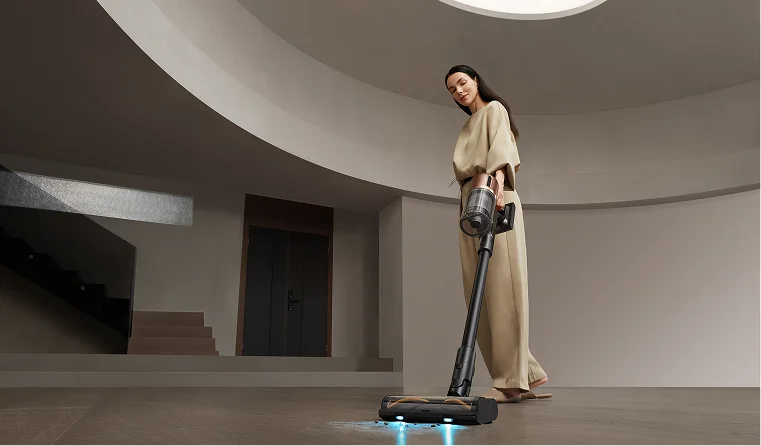
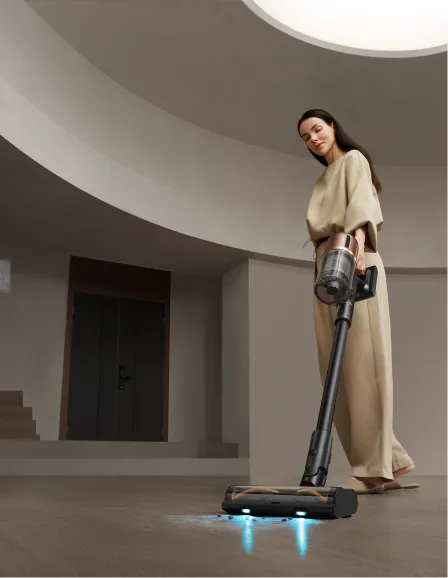
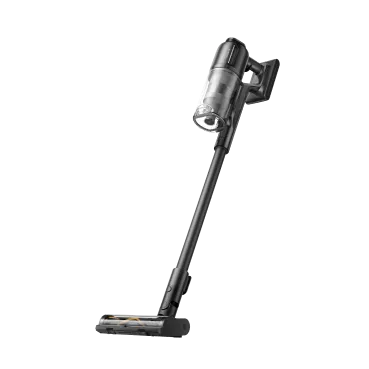
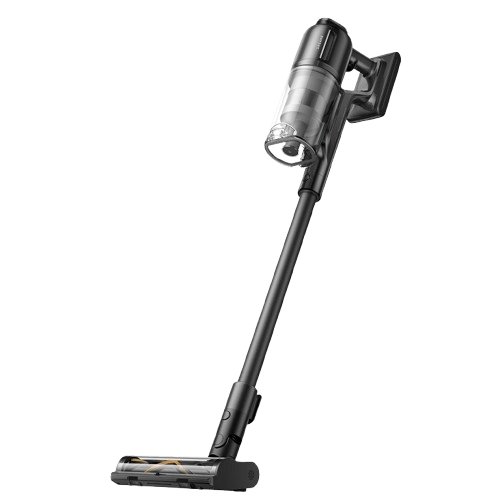
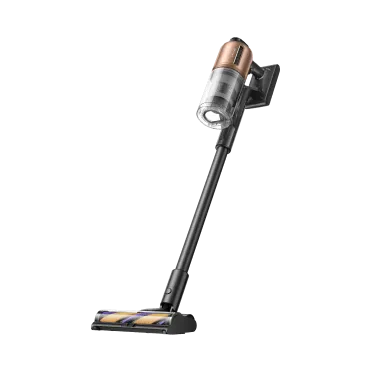
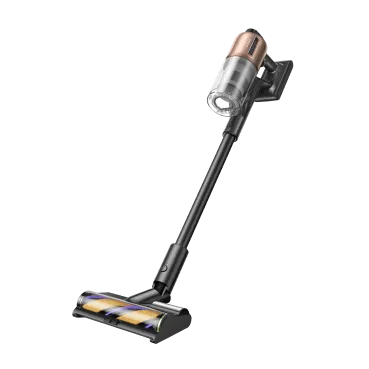
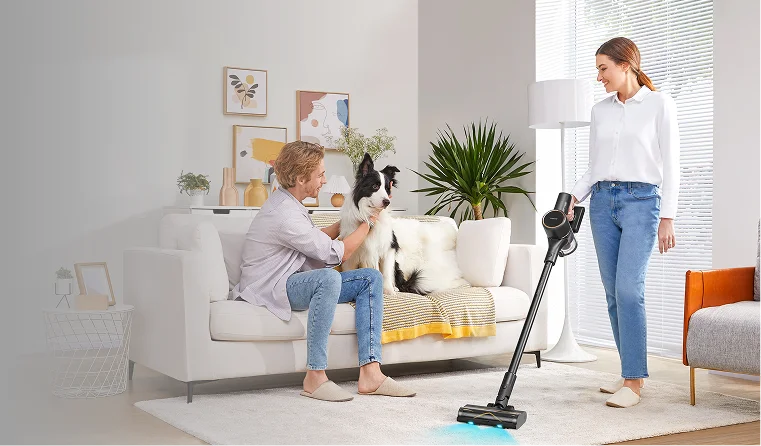
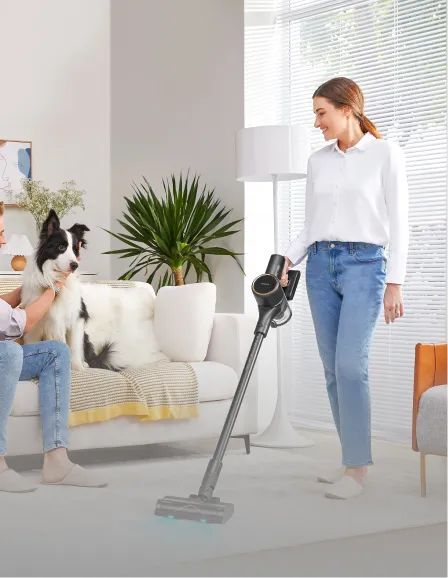
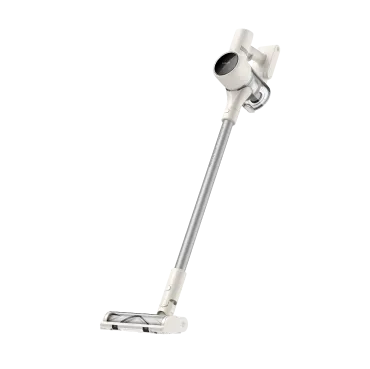
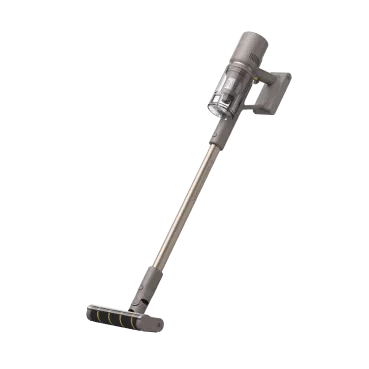
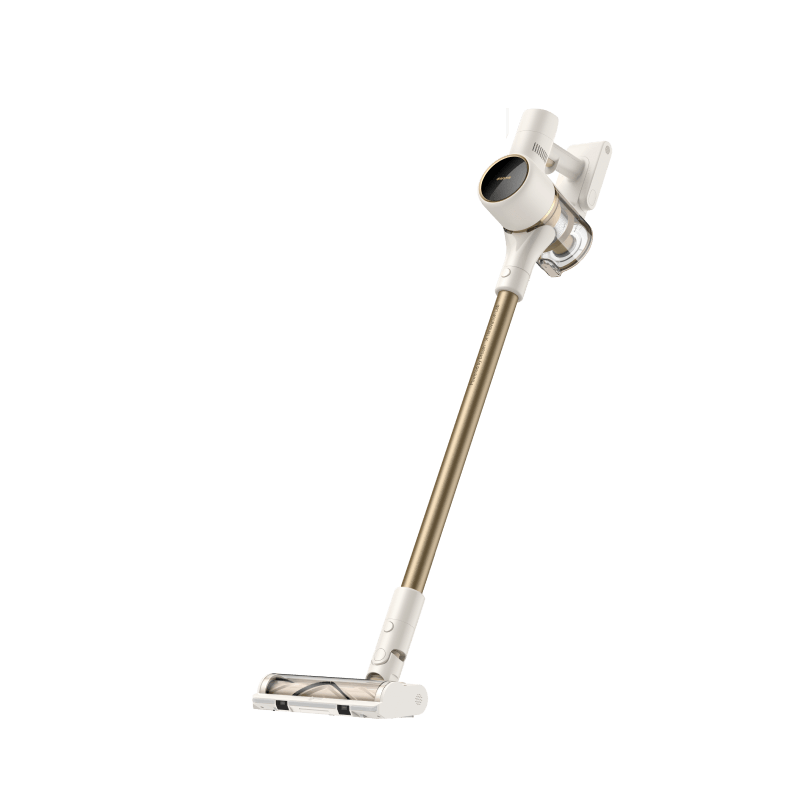
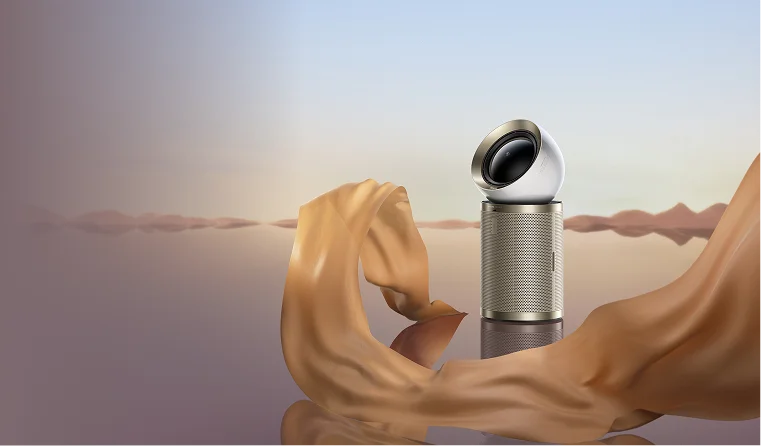
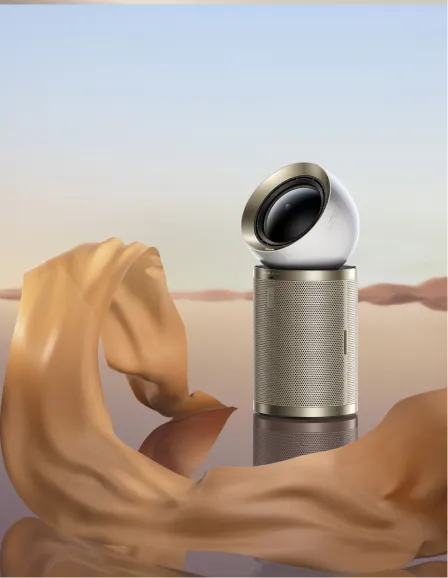

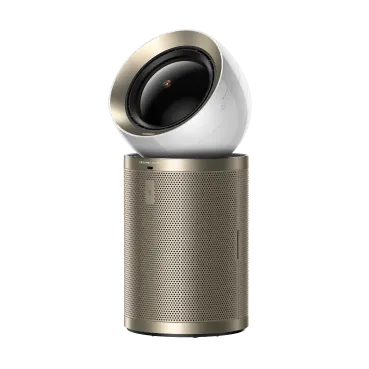

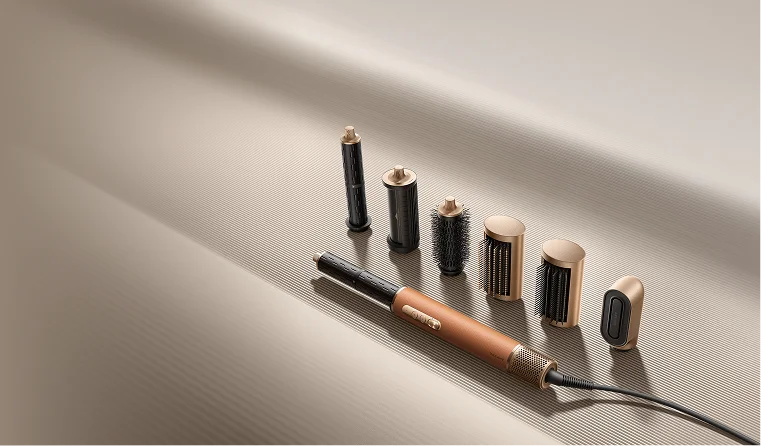
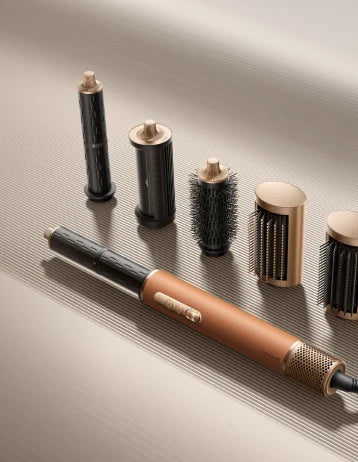
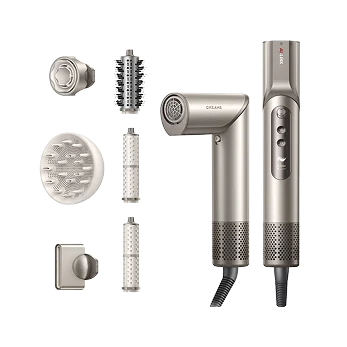
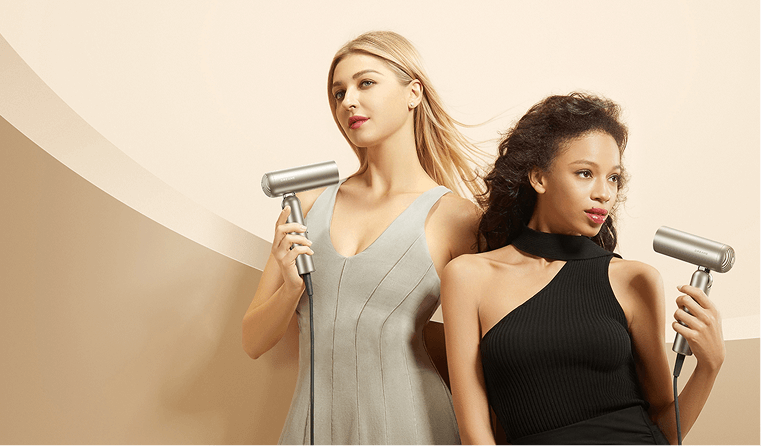

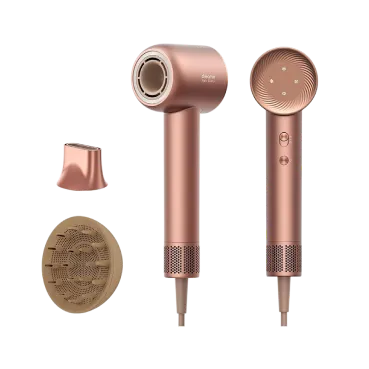
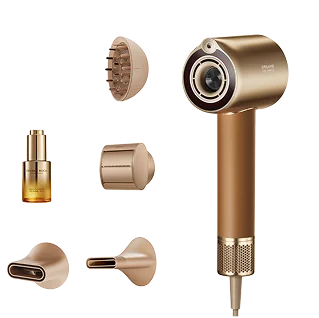
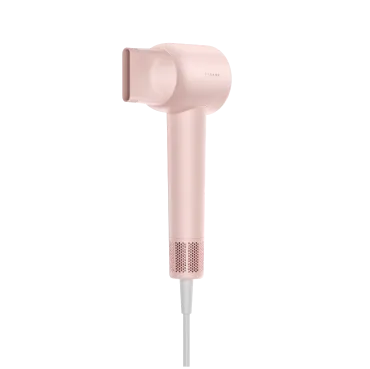


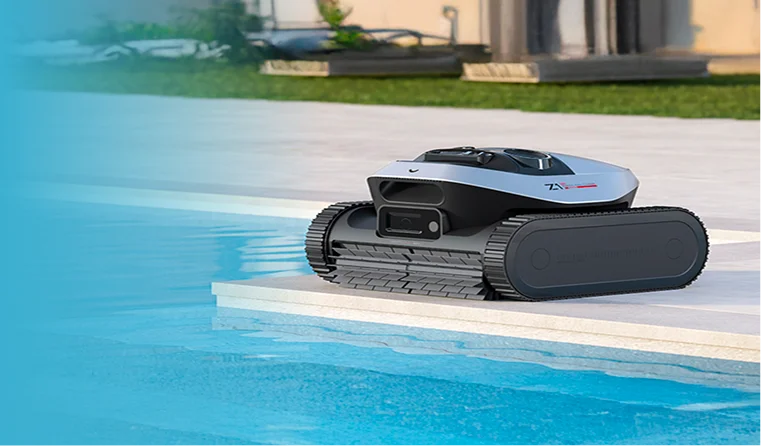
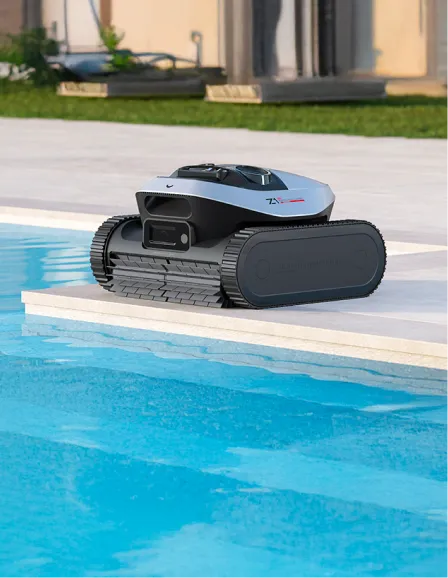
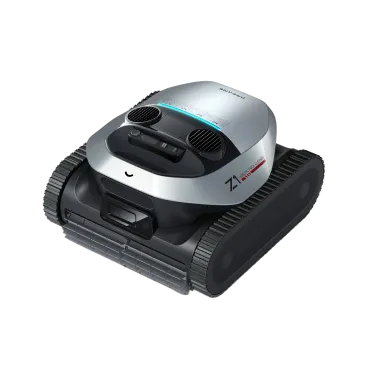
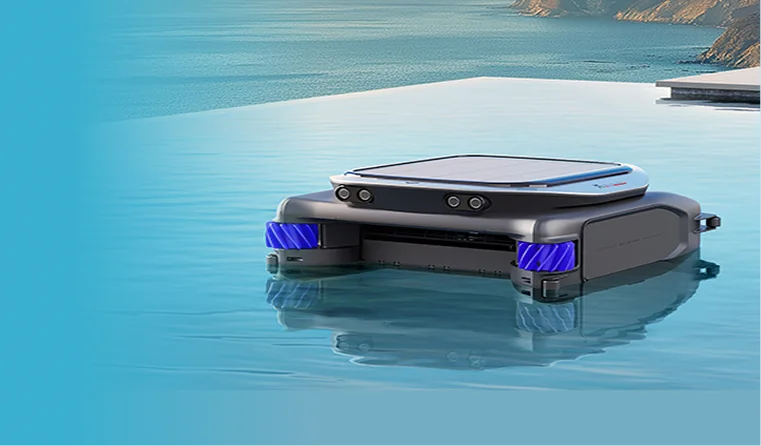
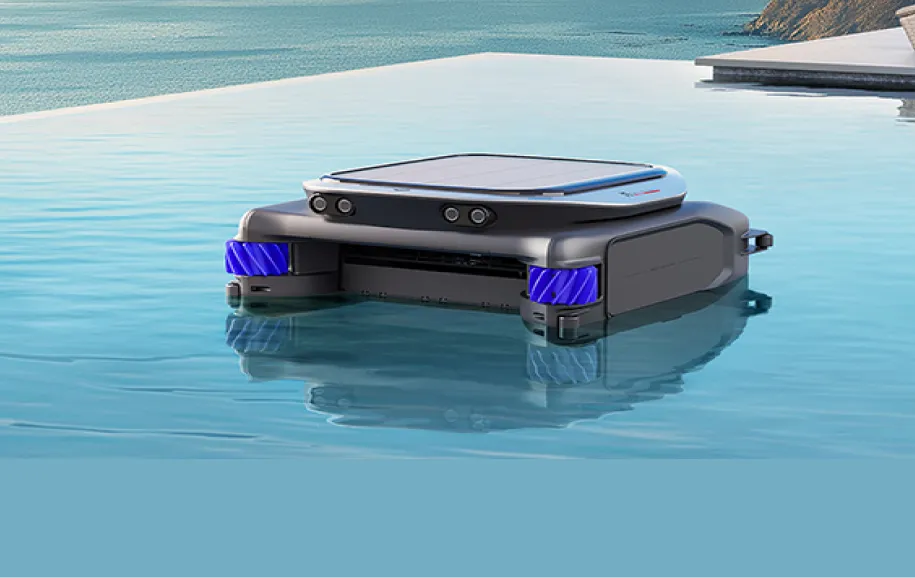










 Australia
Australia 中国大陆
中国大陆 日本
日本


 Türkiye
Türkiye


 Italia
Italia
 Netherlands
Netherlands Belgium
Belgium
 Greece
Greece Polska
Polska
 Norway
Norway
 Sweden
Sweden
 Finland
Finland
 Denmark
Denmark
 Hungary
Hungary Czechia
Czechia
 Slovenia
Slovenia
 Croatia
Croatia
 Switzerland
Switzerland United Kingdom
United Kingdom
 Canada
Canada







